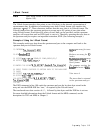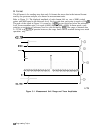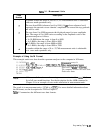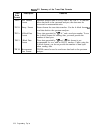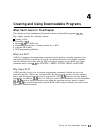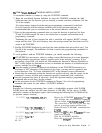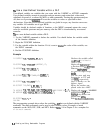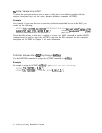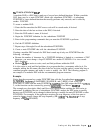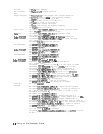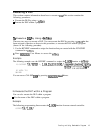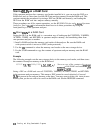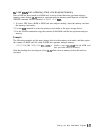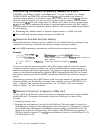
To
Use a User-Defined Trace within a
DLP
Like variables, you should define user-defined traces outside of functions. User-defined traces
retain their values until redefined, disposed of, or altered by the MOV command or a math
command. User-defined traces are global in scope. Unlike user-defined variables, the elements
of user-defined traces are of type INTEGER.
1. Use the TRDEF command to define a trace. Define the trace outside of the any functions.
2. Initialize the elements of the trace to 0. (Optional.)
3. Use the trace (you can use the trace within a function).
4.
‘RI
display the contents of the user-defined trace, move the contents of the user-defined
trace into trace A, trace
B,
or trace C with the MOV command and then use the VIEW
command to display the destination trace (trace A, trace B, or trace C).
Example
The following example demonstrates how to define a trace, move a value into the trace, move
the trace to trace A, and view trace A.
10 OUTPUT
718;"TRDEF
T,RACEA,401;";
20 OUTPUT
718;"MOV
T,RACEA,O;";
Dt@zes
a
401 -point trace called
“TBACEA.
”
Initializes the trace values to zero.
Use the
TXACEA
for a
measur-t.
130 OUTPUT
718;"FUNCDEF
D-ISPTRACE,!";
Dtykes
a function called
DJPlXACE.
140 OUTPUT
718;"MOV
TRA,T-RACEA;
";
Moves the contents of
T-RACEA
into trace
A.
150 OUTPUT
718;"VIEW
TRA;";
160 OUTPUT
718;"!;
"
170
END
Displays
trace A.
Ends
the FUNCDEF
d@nition.
Creating and Using Downloadable Programs
4-5



